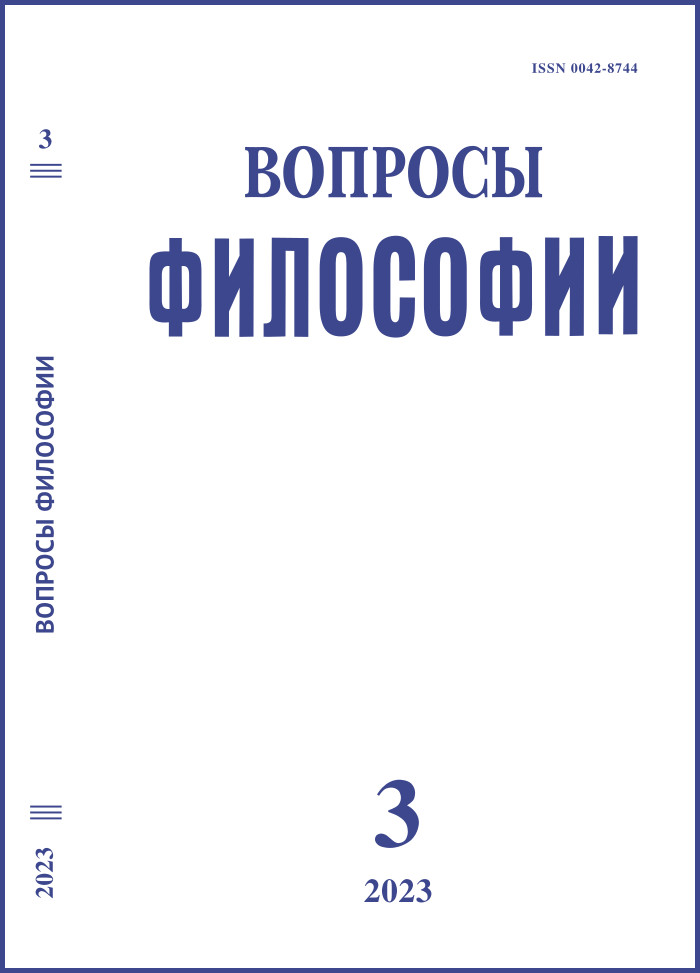Toward the Phenomenology of the Image in the Chinese Tradition
DOI:
https://doi.org/10.21146/0042-8744-2023-3-194-206Keywords:
image, transformation, phantasm, self-abandonment, cultural practice, artistic styleAbstract
Chinese philosophical thought did not regard visual perception as a resource for thinking and lacked the concept of an ontologically meaningful image, which plays such an important role in Western metaphysics. The meaning of the image in China was determined by the mode of its functioning in human practice. This mode was based on the quasi-metaphysics of transformation, in the light of which being is indistinguishable from multiplicity, and things are real and unified in the moment of their transformation, which on the surface appears as dissipation, disappearance, but actually certifies the fullness of being. This composite act of abandonment-recreation has had various names: absence, emptiness, chaos, centeredness, the non-divided trunk, the supreme ancestor, etc. The image in the Chinese tradition predates the opposition of the ideal and the material and is cognized by a kind of somatic enlightenment, which, according to the above-mentioned matrix of being, combines “abandonment” of individual consciousness with the release of life’s metamorphosis. Hence the undying interest of Chinese thinkers in the phantasmic substratum (lit. “forest of images” or simply “thing”) of experience. In this case the image is a projection (shadow, trace) of transformation, its nature is similarity, imaginary, refraction into another existence, its properties being spontaneity, dynamism, ability to penetrate various plans of existence, inaccessibility to reflection. In cultural practice the image ranges from phantasmagoric expression to pseudo-naturalistic representation. The requirement to combine the visible and the invisible, the fantastic and the real, the realistic and the grotesque, accompanying this philosophy of the image, eventually exploded the classical tradition of China from within and along with it the imperative of spiritual perfection through a return to the saturated emptiness of proto- and in-between being

